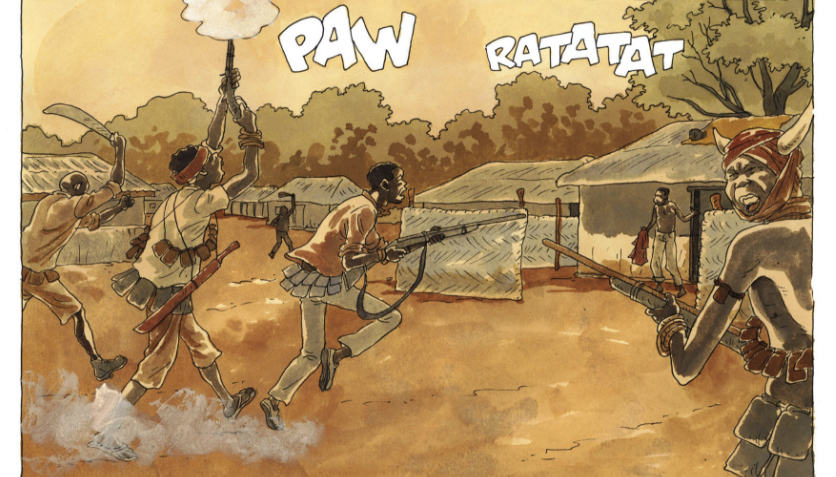The Central African Republic is one of the worst countries in the world to be a child.
Sitting at the bottom of the United Nations Human Development Index, the children in the former French colony grow up within an infrastructure crippled by decades of misrule, corruption, and coups. The country is beset by poverty, food insecurity and malnutrition, a shortage of qualified teachers and low literacy levels, and poor access to water, sanitation and health services. The recent armed conflict has exacerbated this situation as ongoing insecurity has hamstrung humanitarian efforts. Three years on, a quarter of schools remain closed and only a third of children are enrolled. Many still live in sprawling camps for the internally displaced, with minimal access to healthcare or an education.
Theirs is a childhood interrupted, a childhood lost.

But as tragic as the situation is in the country, the Central African Republic has become a house without windows. Media coverage of this crisis has been minimal, and the public’s interest fleeting. The situation has often been billed by humanitarian actors as the “forgotten crisis,” overshadowed by events in the neighboring Democratic Republic of Congo and South Sudan. And since I left the country in February, the country has witnessed a resurgence in violence forcing thousands of families to flee their homes despite a recent peace agreement ― but this crisis has received little media attention.
This graphic novel follows Central African artist Didier Kassai as he documents the challenges facing youth in the country’s streets, classrooms, refugee camps, and hospitals. A father himself, Kassai worries about the legacy his own children will inherit. Using illustration, photography, and immersive scenes using 360 video, this comic provides a virtual window through which an international audience can finally observe the problems facing this nation’s most vulnerable demographic: its children.
Check out “House Without Windows” here.
“House Without Windows” is the first graphic novel to use 360 video to transport its readers to the centre of its story in an immersive virtual-reality experience.
Stand in a diamond mine, cycle around a refugee camp, or meet children living on the streets of Bangui.
Just click on the red video icons dotted throughout the chapters to launch the short vignettes, and use your mouse to explore the scene.
These videos are best viewed on a desktop computer, or on your smartphone via the YouTube app, Google Cardboard or a similar headset. All videos can be found here.
You can also watch the full-length 360 video documentary below.
This project is supported by the “Innovation in Development Reporting Grant” programme of the European Journalism Centre, financed by the Bill and Melinda Gates Foundation.

